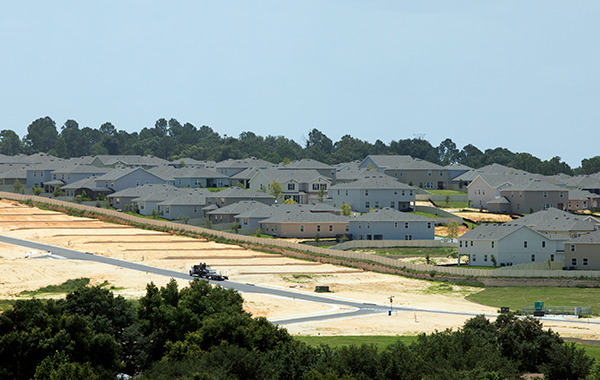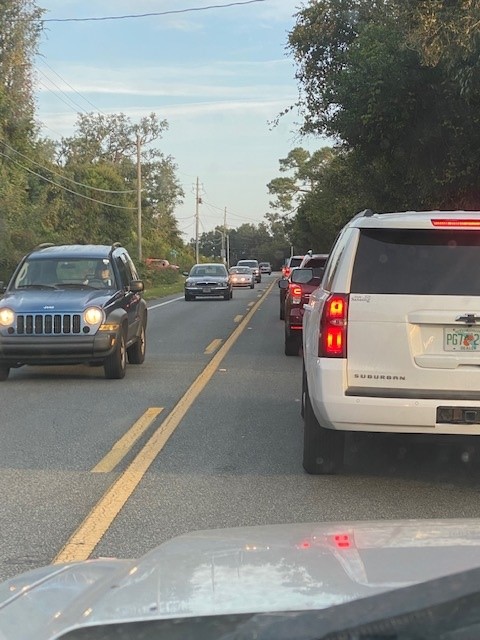We all have our personal space, our personal bubble, where we do not like others to enter. Some have a small bubble, but others have a much larger one. This will play a part in the discussion below but the statement “we need space” initially means – we must have some place to lie our head. All creatures do. Battles between birds, bears, and berries all take place for their piece of land where they will obtain their resources and call home. And with the population growth we see in humans, we are all seeing and feeling our personal space being invaded.
Almost everyone reading this has experienced it. Some have homes on properties that are over 100 acres. Others have a house on only one city block. Others live on a city block where there are four houses. And others live on a city block that has a high rise with 200 apartments. Everywhere crowds are increasing. There is more traffic, more homes, more malls and strip malls. We are growing very fast. I have recently seen housing developments where people moved in BEFORE the house was done. We are feeling the growth of the human population and trying to maintain our space. And… as the human population grows there is need for more space.
Between 1800 and 2008 the percentage of the U.S. population living in cities increased from 5% to 79%. It began first with people moving from farms to the major cities. Then, due to crowding and congestion, people began to move from the central cities to what were called suburbs. Since 1980 people began to move from the crowded northeastern U.S. to the south and the west. Between 2008 and 2043 demographers (scientist who study populations) project that the fastest growing U.S. states will be Nevada, Arizona, and Florida. Currently (2025) the fastest growing state is the District of Columbia, followed by Florida and Texas. The largest state at over 39 million is California – followed by Texas (over 31 million) and Florida (over 23 million). States that are currently experiencing a decline in population include New York, Illinois, Hawaii, Louisiana, Mississippi, and West Virgina. Since the 1990s people have begun to move from the suburbs back to the farm areas – but not to farm – they are developing these rural areas into housing developments. We need space.
This urban sprawl has been supported by having automobiles and low-cost gasoline – most of these people still work in the cities. It is also supported by the fact people do not want to live in high rise buildings with 200+ apartments on one city block. We want more space – our bubble is bigger. In many locations these suburb communities are beginning to merge creating megalopolis – metro areas where you cannot really tell where one town ends and the next begins. Humans are spreading across the landscape like cancer. I have flown from Pensacola to Denver many times. As you look out the window of the airplane you can witness how our species has just engulfed the landscape – everywhere.
These large urban areas have created some problems for us. They require high levels of energy to operate – and they do not produce their own energy. They generate tons of solid waste – and there is nowhere to dispose of it. They require large amounts of food – and they do not grow it. They require large amounts of water – and in some cases have their own source, but in many they do not. There is a lot of air and water pollution – it was because of regions like this the Clean Air Act and the Clean Water Act were created. There are few green spaces, trees are removed for development. Flooding, spreading diseases, and noise pollution are all issues.
The suburbs have their own problems. Traffic is heavy, and streets are crowded. There is the need for new schools, new stores, and new office space – often in areas that do not have the infrastructure to support them.
With a growing population there is a need for more space – but it is pretty obvious that how we are doing it is not sustainable and continues to create more problems for us and the rest of the planet. In our next article we will look at how to solve some of these problems.
References
Fastest Growing States in 2025. World Population Review. https://worldpopulationreview.com/state-rankings/fastest-growing-states.
Miller, G.T., Spoolman, S.E. 2011. Living in the Environment. Brooks/Cole Cengage Learning. Belmont CA. pp. 674.
- Rattlesnakes on Our Barrier Islands; Part 4 – Thermoregulation - December 29, 2025
- Rattlesnakes on Our Barrier Islands; Part 3 – Envenomation - December 22, 2025
- St. Joe Red Tide Claiming Terrapins - December 15, 2025


